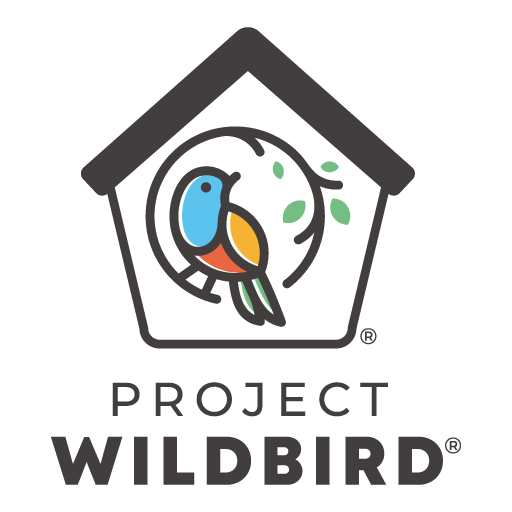FAQ
PROJECT WILDBIRD is dedicated to advancing our mission of connecting people with nature on a global scale.
Answering your questions
Through our extensive network of passionate members, education initiatives, awareness campaigns, and conservation partnerships, we strive to make a meaningful impact in the world of birding and wildlife preservation. Below are the most common questions our organization receives.
What's the best time to start feeding wild birds in North America?
It’s best to start feeding wild birds in late summer or early fall. As food sources become scarcer with the approach of winter, your feeders will supply essential sustenance for migrating and resident wild birds.
What types of wild bird feeders should I use?
There are various types of feeders, including tube feeders, platform feeders, hopper feeders, and suet cages. The choice depends on the species you want to attract and your personal preference.
What are some common wild bird species I can expect to see at my feeders in North America?
The species you attract will depend on your location, but common feeder birds across North America include chickadees, cardinals, sparrows, finches, jays, woodpeckers, and doves.
What's the best wild bird seed to use?
A good mix of seeds typically attracts a variety of wild birds. Sunflower seeds are a universal favorite, but consider adding millet, Nyjer(R) (thistle seed), and safflower to cater to different species. For more information go to this link (link to resources).
How often should I clean my wild bird feeders?
Regular cleaning is crucial to prevent disease transmission among wild birds. Clean your feeders every two weeks or if they appear dirty. Use a mild bleach solution and rinse thoroughly.
Can I feed wild birds during the summer in North America?
While it’s not as critical as in winter, summer wild bird feeding can be enjoyable and supplies supplemental food for fledglings. Offering mealworms and nectar can attract specific species like orioles and hummingbirds.
How do I deter squirrels and other unwanted visitors from my feeders?
Use squirrel-proof feeders, and consider adding baffles, greased poles, or specialized feeders that close when a squirrel’s weight is detected. Placing feeders strategically can also help.
Is it okay to feed wild birds in the spring and summer, or should I only feed during the colder months?
Feeding wild birds throughout the year is beneficial as it aids in survival during challenging periods and attracts wild birds during breeding seasons. However, natural food sources should also be available.
What's the best way to supply water for wild birds in North America?
A bird bath is an excellent way to offer fresh water to wild birds. Keep it clean and change the water regularly to prevent the spread of disease.
How can I ensure my wild bird feeding supports wild bird conservation in North America?
Supporting wild bird-friendly habitats and conservation organizations is a wonderful way to make a difference. In addition, putting out native plants and reducing pesticide use contribute to local conservation efforts.
Are there any foods I should avoid feeding wild birds?
Avoid feeding wild birds human foods like bread, which lacks nutritional value and can be harmful. Additionally, some wild birds, like hummingbirds, have specific dietary needs, so supply suitable nectar or sugar water.
Can I feed wild birds from my balcony or apartment in North America?
Absolutely! Even in urban areas, wild bird feeding can be a rewarding experience. Smaller feeders and hanging plants can attract a variety of wild birds to your balcony.
Is it okay to feed wild birds in a wildlife-friendly garden or natural area in North America?
Feeding wild birds in natural areas should be approached with caution. It may not be necessary, and excessive feeding can alter the behavior and natural foraging habits of wildlife. It’s best to supply food where it’s needed, such as in your backyard.
